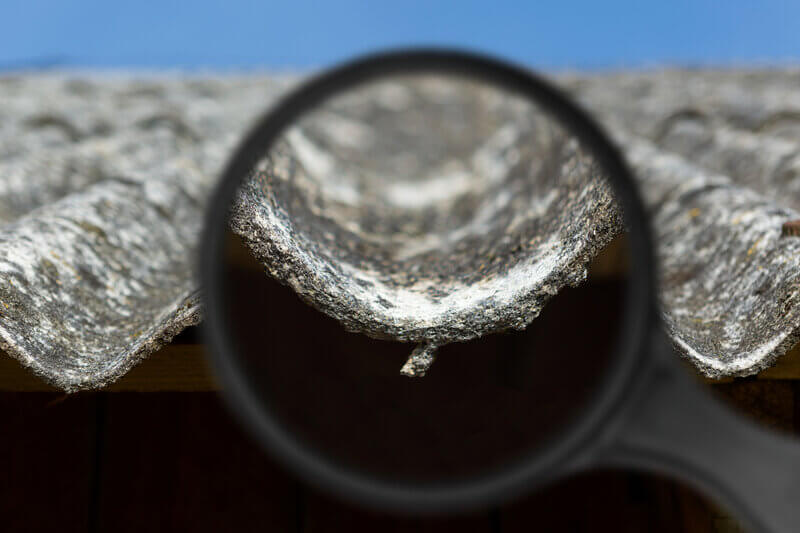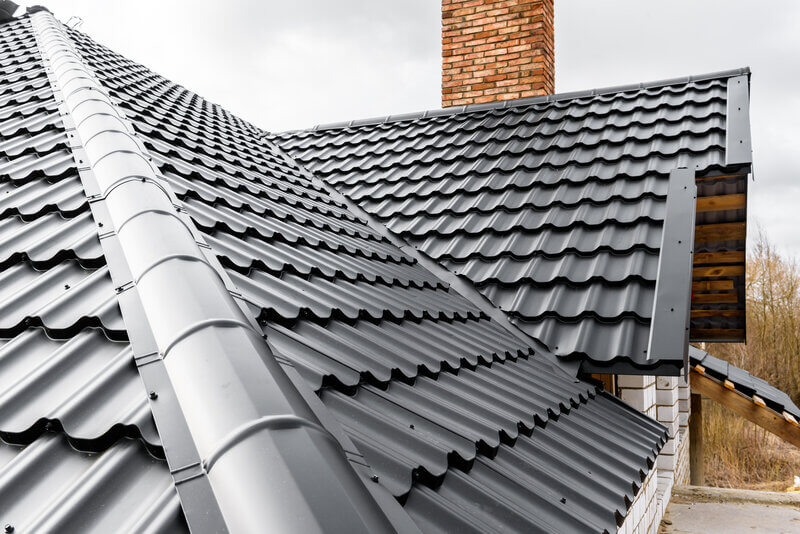
Asbestos is not a word you want to hear when it’s associated with your own home or commercial building. Although asbestos was widely used many decades ago, it is now considered dangerous due to its known serious hazardous effects.
If you suspect you have it in your home it’s much better to be on the safe side and address the issue promptly.
But how? Do you remove the asbestos or do you choose asbestos encapsulation?
In this article, we’ll go over why choosing an asbestos encapsulation could be the right choice for you.
What is asbestos?
Asbestos is a mineral that’s referred to six unique types of minerals made up of many small fibres. These fibres are very strong and are highly resistant to heat, electricity corrosion, and chemicals.
In today’s modern world referring to the word ‘asbestos’ doesn’t align itself with a positive reputation. That’s because it is now considered a mineral that can come with deadly consequences.
However, it wasn’t always that way, as asbestos was widely used from the 1930s to the early 1980s. The mineral was popular due to its resistance to heat and was used for:
- Asbestos-cement sheet cladding, roofing, and drainage pipes
- Backing material for floor tiles and vinyl sheets
- Textured ceilings and sprayed-on wall surfaces
- Insulation board for thermal protection
In 1984, the import of raw amphibole (blue and brown) asbestos into New Zealand was banned. In 2002 the import of chrysotile (white) asbestos was also banned. In 2015 the government announced that the importation of asbestos would be completely banned with very limited exceptions.
What does asbestos look like?
Asbestos doesn’t have an instinctive look and it can look like shiny rocks at a distance. However, up close, it consists of long, thin fibrous crystals.
There are three main types of asbestos:
Chrysotile (white asbestos)
Chrysotile is the most used form of asbestos. It can be found today in the roofs, ceilings, walls, and floors of homes and businesses
Amosite (brown asbestos)
Amosite was frequently used in cement sheets and pipe insulation. It can also be found in insulating boards, ceiling tiles, and thermal insulation products.
Crocidolite (blue asbestos)
Crocidolite was commonly used to insulate steam engines. It was also used in some spray-on coatings, pipe insulation, plastics, and cement product.
What are the health risks of asbestos?
Different kinds of asbestos have different risk factors, but what they all have in common is that they are all dangerous to your health.
When residential construction products made with asbestos are damaged, those fibres become airborne and could pose a danger to anyone who inhales the toxic dust. These fibres can become permanently trapped in the body. Over decades, trapped asbestos fibres can cause inflammation, scarring, lung disease, genetic damage, and the rare and fatal cancer called mesothelioma.
How can you identify asbestos in your home?
You will unlikely find obvious rock formations of asbestos around your home or commercial building.
Instead, asbestos will be embedded into building products, insulation, in the middle of fire doors, lino flooring, roofing materials, gutters, ceiling tiles, and water pipes to name a few.
According to WorkSafe “Buildings constructed or renovated before 2000 are likely to contain asbestos materials.”
Asbestos materials in good condition will not release asbestos fibres, therefore disturbing it may create a health hazard where none existed before. This is because when these materials become damaged, asbestos fibres become airborne and release toxic particles.
If you suspect a part of your home may contain asbestos, then check for water damage, tears, and abrasions. If any material is damaged then seek professional advice.
The best thing to do with asbestos material in good condition is to choose an asbestos encapsulation.
Why choose asbestos encapsulation over removal?
Your first thought when asbestos comes to mind may be to remove asbestos completely. While this is understandable, it may not be in your best interest as it’s often a complicated and expensive procedure that could be prevented if you choose asbestos encapsulation instead.
Asbestos encapsulation involves covering the asbestos with our Liquid Rubber Waterproof Sealant and our Moss and Mould solution.
This coating will help:
- Protect and repair any damaged asbestos
- Increase the life of the material
- Protects against accidental knocks and scrapes
- Reduces any fibre release through general degradation
- Improves the overall appearance of any material including the roof
- A protective coating is safe and will help cut costs down
- Eradicates the need to dispose of hazardous materials
For more information click here for your free application guide.
Asbestos encapsulation solutions
There’s nothing more important than minimizing health risks around your home or commercial building.
Asbestos encapsulation could help prevent future damage and health risks, which makes this an ideal option worth looking into.
Asbestos encapsulation is a highly effective, affordable way of managing asbestos that will save you time and most importantly, involves relatively little disturbance of the asbestos, therefore minimizing risk.
Contact us today if you would like to know more about our asbestos encapsulation solutions and download our free step-by-step application guide.
Not only are our range of products quick and easy to use, but we provide DIY products that are environmentally friendly, non-toxic, cost-effective, and of the highest quality.
Our products are ideal for home or professional use and stocked at most Mitre10 stores nationwide; Kiwis all over New Zealand have been successfully using our products in their backyards for years.
If you need any advice feel free to contact our friendly and expert staff who will be happy to answer any questions you might have.

Cohe are suppliers of innovative construction products that allow for a quick, efficient, environmentally friendly and cost effective repair, for both DIY and commercial applications. Stay tuned for tips and news from our world.



